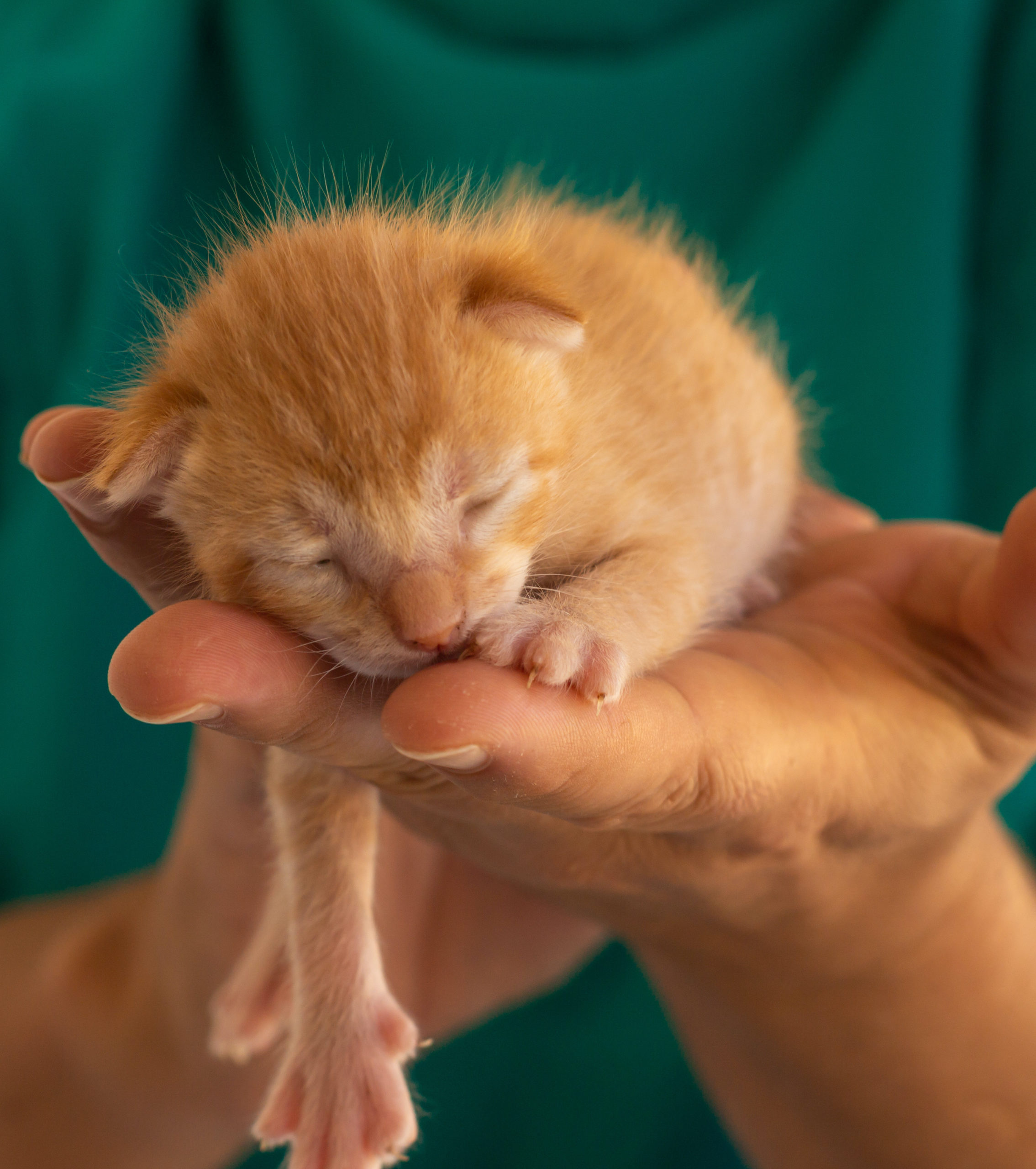What Is Cat Fostering and Why Is It Important?
You’ve seen the word “fostering” tossed around a lot lately, and you probably know someone that is doing it – but what exactly does it mean to foster a cat?
A foster home is a bridge from a cat’s former life to their new life with a forever family.
Fostering a cat means that you work with a shelter or rescue organization as a volunteer and you open your heart and home to a cat in need. As a foster parent, you bring a cat into your home for a limited amount of time and play a major role in helping that cat to be ready for adoption.
An environment that feels like home instead of a shelter, is usually best for cats. Cats, like people, need a place to feel safe; a place where they can let their guard down and relax, where they don’t have to worry about where the next meal will come from, what other animal might challenge them in the night, or if they will be warm and dry. Many cats have been neglected or abused and don’t know what a loving home feels like. Foster families help them learn what it’s like to eat, sleep and play in a safe space.
Foster homes play an important role in caring for cats in an often-overburdened system.

So, what are some types of cats that need foster care?
- Neonates: These fragile lives need round the clock care that many organizations are unable to offer. There may be special training needed in order to provide special care.
- Young Kittens: Helping these toddlers learn to walk and play can be a nonstop source of laughter! As these fur kids develop, they need a safe place to learn manners and grow up healthy in order to become the best family members they can be.
- Cats in Need of Medical Recovery: Every day shelters are inundated with cats that are sick and injured. Foster care often speeds up the process by providing a quiet, restful place to heal. You can use this time to get to know your foster cat, help find them a forever home, and raise awareness about your shelter’s medical program.
- Over-Stressed Cats: Imagine that you lost your family and home and found yourself sitting in a kennel. You used to have a whole home, people that gave you treats and toys, and now you have a small, rectangular cage where you spend 20 or more hours a day surrounded by barks and meows and a parade of people passing by. Some cats just cannot adapt and begin to emotionally break down. Short-term foster care is like a vacation when you are stressed, and long-term foster care is a more humane way for cats to spend this transitional period from former home to new, forever family.
- Emergency: During times of crisis, shelters may be overwhelmed with cats in need. Emergency fosters pledge to step up and provide a temporary safe space to alleviate the need for shelters to create space through euthanasia. This may be during an extreme weather event like a hurricane, a sudden expansive wildfire, or even, a pandemic.
- Cats Shelters Need to Learn More About: There are some things that organizations just can’t learn about a pet in the shelter. The role of the foster caregiver is to learn as much as possible about the cat in their care, and share that information with the shelter/rescue group, and all the friends and family you know, in order to make a great match with their new forever home.
- Hospice Cats: No pet should spend the end of their life in an impersonal shelter environment. As great as your local shelter may be, a home is typically better. A fospice (foster/hospice) home keeps a kitty comfortable, for as long as they can, until they can’t. Many times, a cat who was predicted to have weeks left, ends up sticking around longer due to the love and care they receive in a foster home.
Shelters and rescues all over the country continue to need your help. Talk to rescues and shelters in your area to find out more about their foster program and the help they need. If you don’t know who is saving lives in your area, sign up at StayHomeAndFoster.org to be connected.



